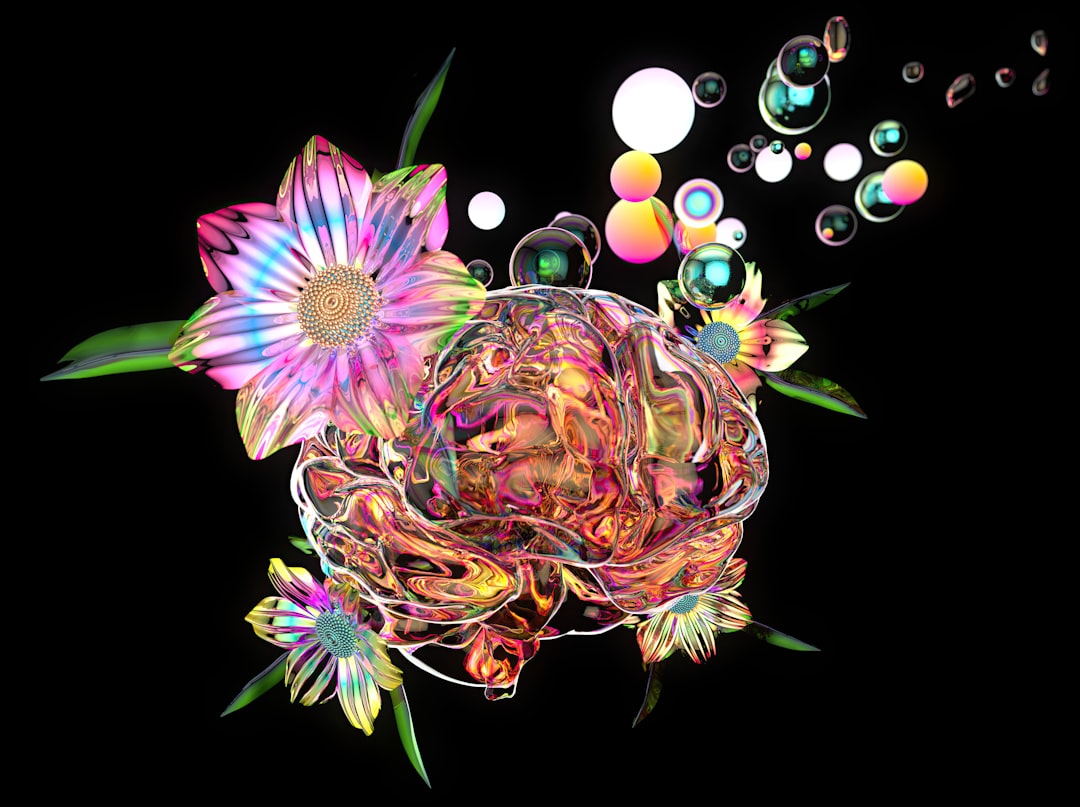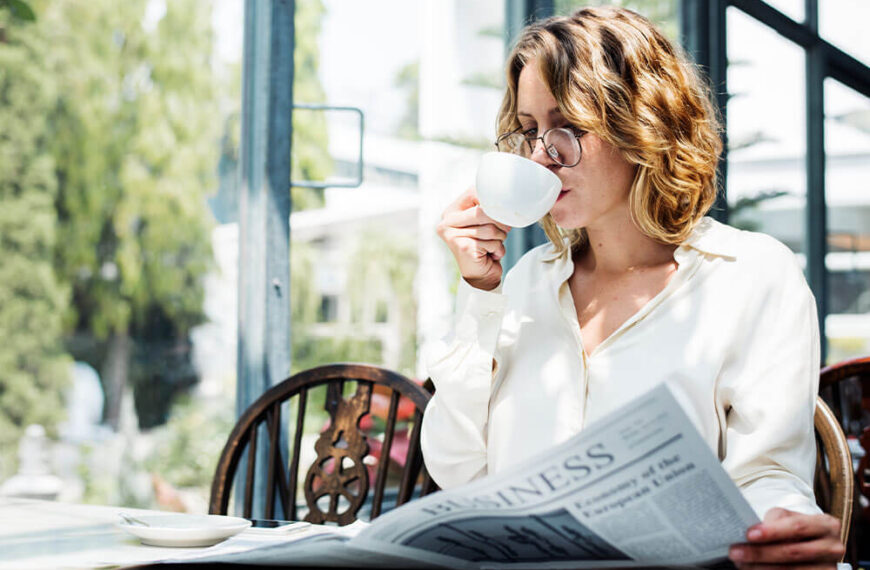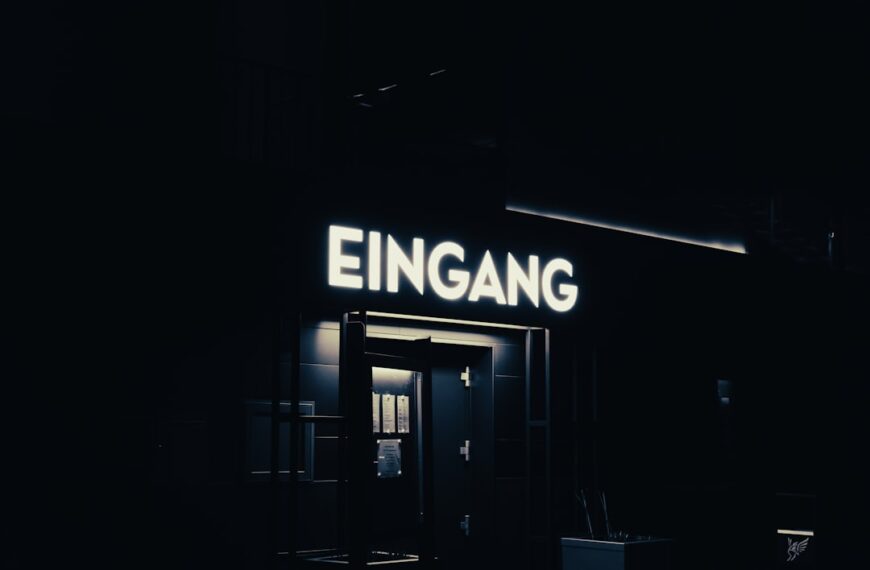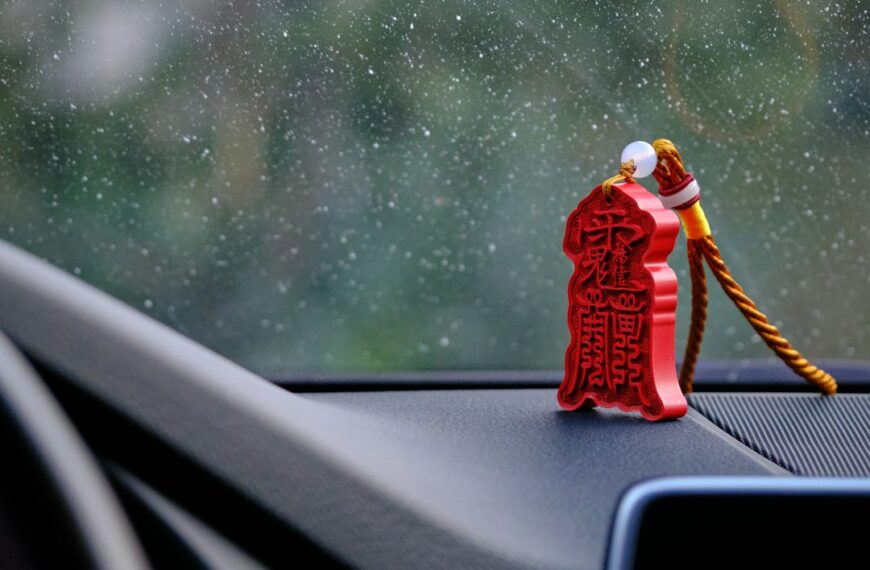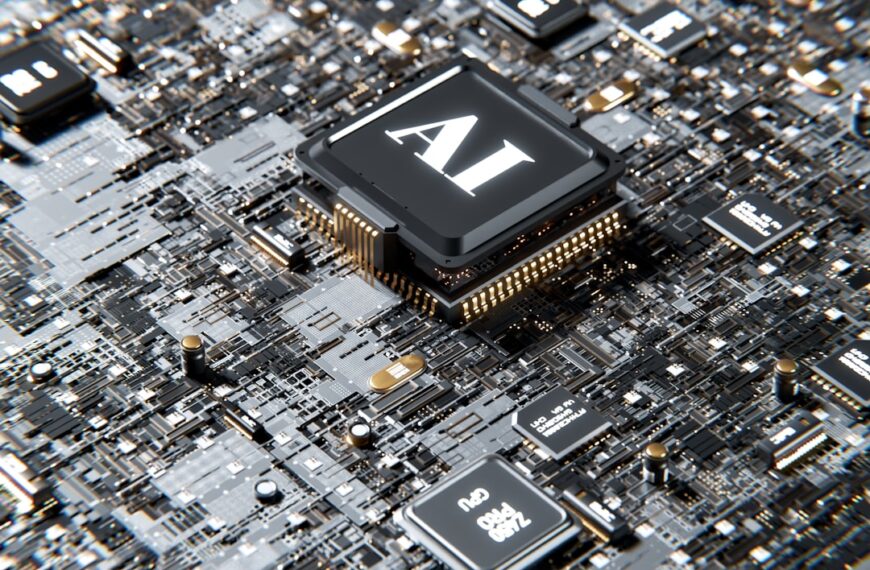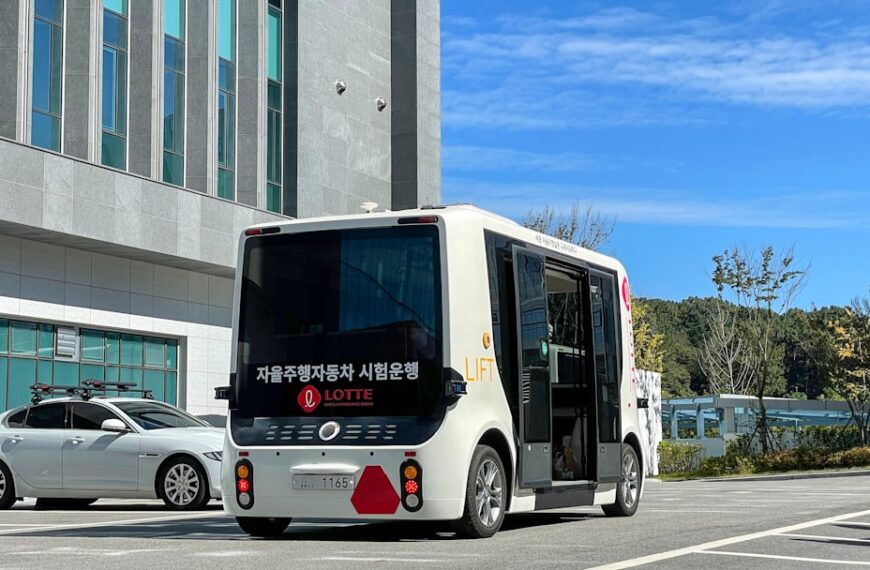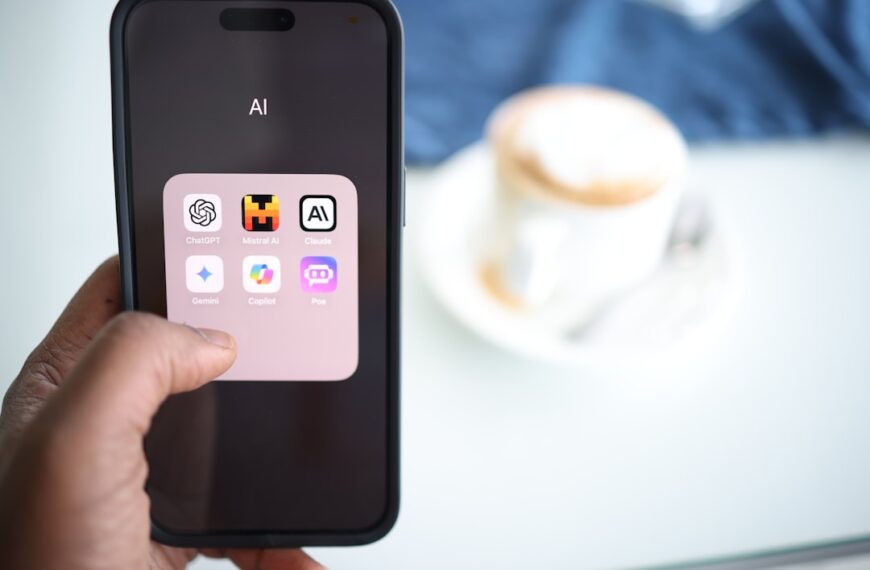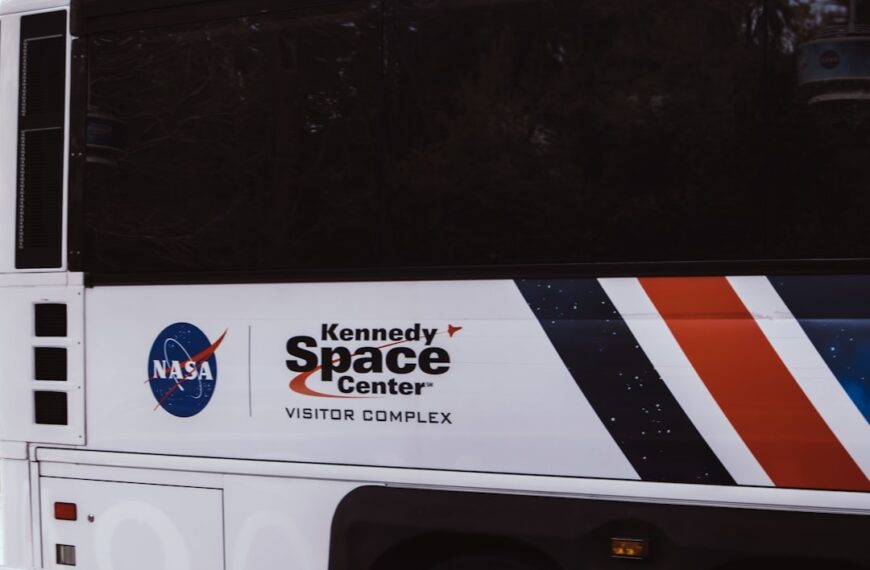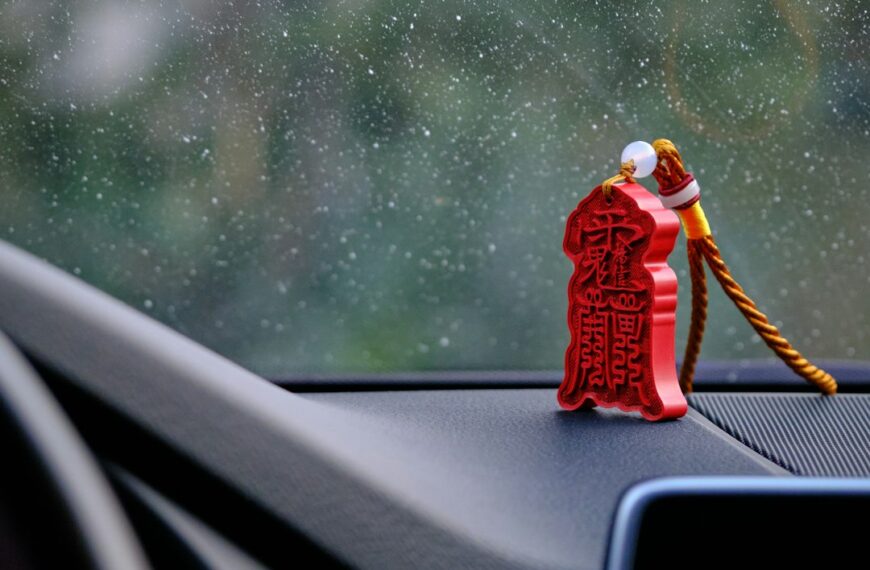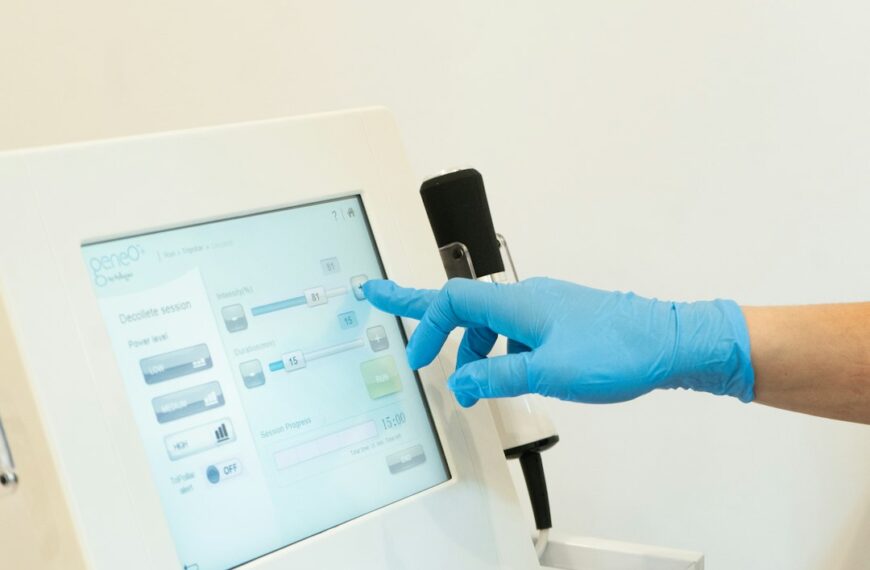The rise of AI art generators has ignited a firestorm of debate surrounding copyright, ownership, and the very definition of creativity. These tools, capable of producing stunning and original visuals based on text prompts, are undeniably changing the artistic landscape, but their impact on the legal framework is still largely uncharted territory. The core question remains: who owns the copyright to an image generated by an AI?
The current copyright laws are built around human authorship. They protect the expression of an idea, not the idea itself. This poses a significant challenge when dealing with AI-generated art, as the AI itself doesn’t possess the intentionality or consciousness typically associated with a human artist. Several scenarios complicate the issue. Is the copyright held by the user who inputted the prompt? Does the ownership lie with the developers who created the AI algorithm? Or does the AI’s output fall into the public domain, free for anyone to use?
Courts are grappling with these questions, and the outcomes are far from consistent. Some rulings suggest that the user who provides the prompt holds a form of copyright, akin to commissioning a work from a human artist. However, this analogy is imperfect, as the AI’s contribution is far more significant than a human assistant’s. Others argue that the AI itself cannot hold copyright, leaving the ownership ambiguous. This legal uncertainty creates a chilling effect on both artists and developers, unsure of their rights and responsibilities.
The implications extend beyond individual creators. Businesses using AI art for commercial purposes face similar uncertainties, potentially facing costly lawsuits if copyright infringement is alleged. This legal ambiguity hampers innovation, preventing the full exploitation of AI’s creative potential. The risk of infringement discourages investment and experimentation, stifling the development of new and exciting applications.
Looking ahead, a clear legal framework is urgently needed. This might involve revising existing copyright laws to specifically address AI-generated works, potentially introducing a new category of “AI-assisted art” with its own set of ownership rules. Alternatively, a system of licensing could be implemented, providing clear guidelines for commercial use and preventing disputes. International cooperation will be crucial in establishing consistent standards across different jurisdictions.
The debate also necessitates a wider discussion about the nature of creativity itself. If an AI can generate art, does this diminish the value of human creativity? The answer is likely complex and nuanced. While AI can undoubtedly produce impressive visuals, the human element—the creative vision, the emotional input, the concept behind the art—remains crucial. AI acts as a powerful tool, a collaborator, but not a replacement for the human artist.
The legal frontier of AI art is a dynamic and rapidly evolving landscape. As AI technology continues to advance, the need for a comprehensive and forward-thinking legal framework becomes ever more pressing. The future of creativity hinges on resolving these legal ambiguities and fostering a collaborative environment where both human artists and AI can thrive.
